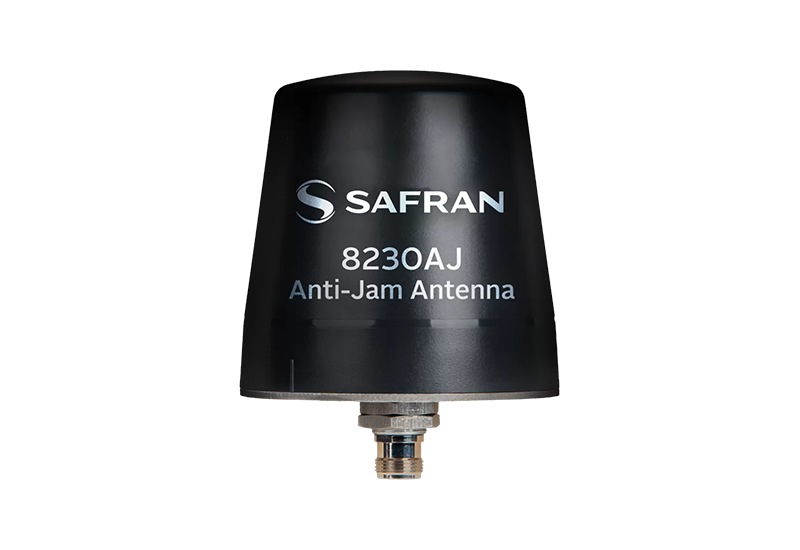The Model 8230AJ is a high gain (40 dB) GNSS Anti-Jamming outdoor antenna. It uses a three-stage low noise amplifier, a mid-section SAW, and a tight pre-filter to protect against saturation by high level sub-harmonics and L-band signals. This GNSS / GPS anti-jam technology rejects signals for the lower elevation angles – where most of the interference comes from.
The antenna is terminated with a type “N” female connector and mounts to standard pipes via its own unique L bracket. This style of mounting makes it a drop-in replacement for existing installations. Featuring IP67 compliant weather-proof housing, the antenna has a high degree of protection against dust and water. Its cylindrical radome is made of high impact UV stabilized polycarbonate to protect against rain, ice, snow and salt spray.
The standard antenna sees the entire view of sky, equally receiving signals from satellites at the horizon or the zenith and all points in between. However, there is increasing interference in the GNSS L1 band, whether unintentional from other transmitters like communications towers or intentional from illegal “privacy jammers”/GNSS jamming devices. The anti-jamming antenna rejects signals for the lower elevation angles – where most of the interference comes from – and only receives signals from the higher elevation angles where the satellites are. Of course, this reduces the number of satellites the GNSS receiver will see, but for the timing application, only a few satellites are needed. Moreover, with multi-constellation GNSS receivers, there are an increasing number of satellites available. So you get all the performance in timing accuracy you would get with a standard antenna plus 20 dB or more of interference rejection.

















